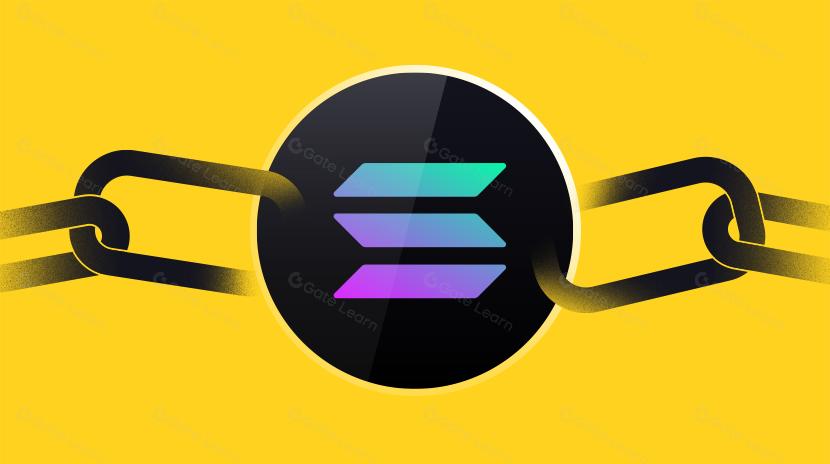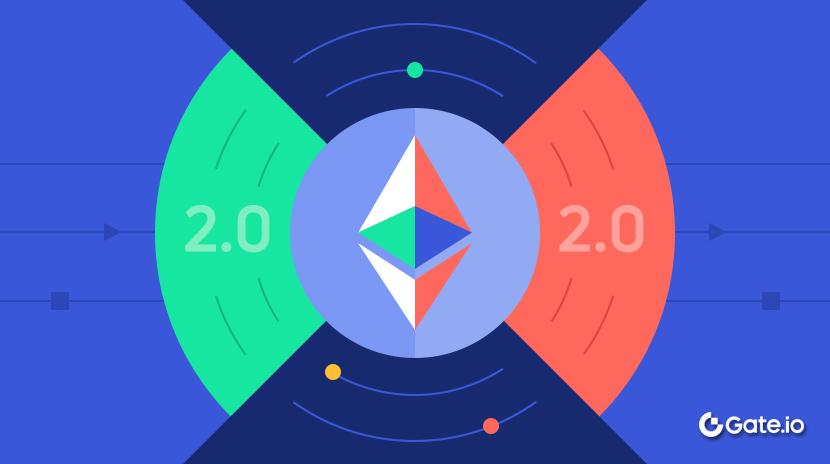Crypto Is Priced for Network Effects It Doesn’t Have
Crypto’s Network-Effect Problem
My last post - the one arguing that crypto trades far above its fundamentals - hit a nerve. The strongest pushback wasn’t about usage or fees. It was philosophical:
“Crypto isn’t a business.”
“Blockchains run on Metcalfe’s Law.”
“It’s all about network effects.”
I lived through the rise of Facebook, Twitter, and Instagram. Nobody knew how to value those products either. But over time, the pattern became obvious: as more of your friends joined, the product improved for everyone. Retention got stronger. Engagement deepened. The flywheel was visible in the experience itself.
That’s what real network effects feel like.
So if the argument is:
“Don’t value crypto like a business - value it like a network,”
then let’s do exactly that.
And once you do, something uncomfortable shows up:
Metcalfe’s Law doesn’t justify crypto’s valuation. It exposes it.
Crypto’s “Network Effects” Mostly Aren’t
Most of what crypto calls “network effects” are actually negative network effects - congestion effects:
- More users = worse UX
- Fees spike
- Transactions slow down
On top of that:
- Developers churn because everything is open source and forkable
- Liquidity is mercenary
- Users rotate through chains based on incentives
- Institutions switch where branding or yields look better
This is not how successful networks behave.
Facebook didn’t get worse when it added 10 million users.
“But new chains solved throughput!”
They solved congestion problems - not network-effect problems.
Throughput removes friction.
Higher throughput does not create compounding value.
The fundamentals remain:
- Liquidity can leave
- Developers can leave
- Users can leave
- Code can be forked
- Value capture is weak
Scaling makes a chain usable, not inevitable.
Fees Don’t Lie
If L1s truly had strong network effects, the would capture most of the fees - the way it does for iOS, Android, Facebook, or Visa.
Instead:
- L1s make up ~90% of total market cap
- …but their fee share has collapsed from ~60% → ~12%
- DeFi generates ~73% of fees
- …but represents < 10% of valuation
Crypto is still priced for the “fat protocol thesis.” The data shows the opposite.
Put simply: L1s are overvalued, apps are undervalued, and most of the fees will flow to the user-aggregation layer.
Crypto vs. Facebook: Valuation per User
Let’s use a metric everybody understands: market cap per user.
Meta (Facebook)
~3.1B MAUs
~$1.5T market cap
→ $400–500 per user
Crypto (ex-BTC)
~$1T market cap
- 400M “broad” users → $2,500 per user
- 100M active users → $9,000 per user
- 40M monthly on-chain users → $23,000 per user

Crypto is:
- 5× more expensive per user (optimistic)
- 20× if you tighten assumptions
- 50× if you count real on-chain activity
And Meta is the most efficient monetization engine in consumer tech.
Counterargument: “Facebook was early too — crypto is still early.”
Good point. Facebook grew for years without revenue. Their “k” showed up later.
But Facebook’s early product created:
- daily habit
- social connection
- identity
- community
- increasing value as n grew
Crypto’s core product today is speculation, which:
- brings users in fast
- pushes them out fast
- creates no stickiness
- creates no habit
- does not get better as more people join
Until crypto becomes invisible infrastructure - plumbing powering apps users don’t even think about - the network doesn’t reinforce itself.
Crypto doesn’t have a “maturity problem.”
Crypto has a product problem.
Metcalfe’s Law: Why Crypto Loves It
Metcalfe says:
Value ≈ n²
It’s a great story.
But it assumes:
- users interact with each other (rare)
- networks are sticky (they aren’t)
- value flows upward (it doesn’t)
- switching costs exist (nope)
- moats grow with scale (unclear)
Crypto fails most of these assumptions.
Still - let’s take the model seriously.
The Variable That Matters: k
Metcalfe’s formula:
V = k · n²
Where k represents the economic value of each potential connection:
- monetization
- trust
- engagement
- retention
- switching costs
- ecosystem maturity
Studies on Facebook and Tencent show:
k ≈ 10⁻⁹ to 10⁻⁷
Tiny - because the networks are enormous.
Now let’s solve for crypto.
Crypto’s k Is 10×–1,000× Higher Than Facebook’s
Using ~$1T ex-BTC:
- n = 400M → k ≈ 10⁻⁶
- n = 100M → k ≈ 10⁻⁵
- n = 40M → k ≈ 10⁻⁴
Meaning crypto is priced as if:
- every crypto user is vastly more valuable than a Facebook user
- despite lower retention, lower monetization, lower stickiness, and lower engagement
That’s not “early-stage optimism.”
That’s future priced in upfront.
Network Effects: What Crypto Actually Has
Crypto’s real network effects today:
- two-sided effects (users ↔ devs ↔ liquidity)
- platform effects (standards, tooling, composability)
These are real, but fragile.
Forkable.
Slow to compound.
They are not the n² flywheel of Facebook, WeChat, or Visa.
Counterargument: “The internet will move to crypto rails — that changes everything.”
This is the strongest bull case.
If crypto becomes the settlement fabric of the internet, the network effects will be enormous.
But two things are simultaneously true:
That world is possible.
That world is not here yet — and today’s economics do not reflect it.
Right now value leaks everywhere:
- fees flow to apps, not L1s
- exchanges and wallets own the users
- MEV captures surplus
- forks erode moats
- L1s cannot hold onto the value they help create
As I argued in my last piece, crypto’s value capture is migrating:
base layer → app layer → user aggregation layer
This is good for users.
It is not a reason to pay fat-protocol valuations today.
You don’t pay for a future network effect before the network exists.
What Stronger Crypto Network Effects Would Look Like
You’d expect:
- sticky liquidity
- developer consolidation
- rising base-layer fee capture
- institutions that integrate once and stay
- retention increasing across cycles
- composability that makes forks irrelevant
Ethereum shows early signs.
Solana is building momentum.
Most chains are nowhere close.
So… Is Crypto Overvalued on Network-Effect Logic? Yes.
If crypto users are:
- less sticky
- less monetizable
- more likely to churn
…then they should be worth less, not more, than Facebook users.
Crypto is valued at 5×–50× more market cap per user than Meta — without having any of the economics that justify it.
Crypto might grow into the story.
But right now, too much future is priced in upfront.
Crypto is priced like it already has powerful network effects.
It doesn’t — at least not yet.
Disclaimer:
- This article is reprinted from [Retrospectively Obvious]. All copyrights belong to the original author [Santiago Roel Santos]. If there are objections to this reprint, please contact the Gate Learn team, and they will handle it promptly.
- Liability Disclaimer: The views and opinions expressed in this article are solely those of the author and do not constitute any investment advice.
- Translations of the article into other languages are done by the Gate Learn team. Unless mentioned, copying, distributing, or plagiarizing the translated articles is prohibited.
Related Articles

The Future of Cross-Chain Bridges: Full-Chain Interoperability Becomes Inevitable, Liquidity Bridges Will Decline

Solana Need L2s And Appchains?

Sui: How are users leveraging its speed, security, & scalability?

Navigating the Zero Knowledge Landscape

What is Tronscan and How Can You Use it in 2025?
